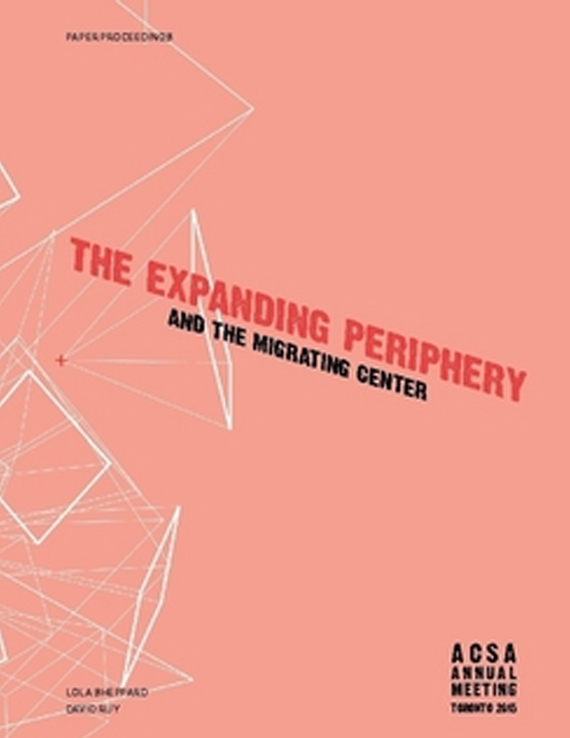Author(s): Brian Schermer
This paper contributes to our understanding of the problematizing of architecture by focusing on how the task of defining the scope and nature of a future architectural project, commonly referred to as the “program” or “brief,” came to be framed as defining a problem to be solved through design. This story takes us through post-World War II America, the design of the first schools to accommodate the baby boom, and the growth and management of CRS Architects, an architecture firm that pioneered an approach to architectural programming, that still influences the profession. The approach, known as “problem seeking,” is now synonymous with managing overwhelming amounts of information associated with large and complex building projects. During the systems thinking era following World War II, in which management theorists struggled with understanding decision making under uncertainty, problem seeking emerged in response to the very real challenges met head on by an aggressive architecture firm that aspired to both design innovation and corporate growth. In covering the origins and impacts of problem seeking, this investigation helps us to understand how the problematizing of the program presents a problem for contemporary education and practice. The critiques of the problem seeking approach are many. Problem seeking is said to artificially divide programming and design. Its internal logic obscures the notion that the process of defining a problem simultaneously solves it. Problem seeking is too technocratic. It privileges the analytical and the objective over the intuitive and subjective. Its narrow focus on form, function, economy, and time obscures other, more “architectural values,” such as aesthetics, meaning, and sustainability. It restricts design creativity. By promoting programming as a specialization, the problem seeking approach has contributed to the splintering and diluting of the profession. And, problem seeking leads to emphasis on narrow, wishful futures rather than long-term strategies. Yet, problem seeking continues to shape the profession’s ideas about programming. It is the conceptual basis for the pre-design portion of the licensing examination, and its basic elements are required for professional training according to the National Architectural Accreditation Board. Most importantly, programming, or the potential insights that derive from it, offers a means to add real value to clients and provides an avenue for architects to differentiate themselves in an era in which design services are increasingly commodified. The conundrum for teaching programming is similar to the one for teaching design creativity. It is possible to outline the steps, but more difficult to teach real insight.
Volume Editors
David Ruy & Lola Sheppard
ISBN
978-0-935502-95-4

 Study Architecture
Study Architecture  ProPEL
ProPEL 
